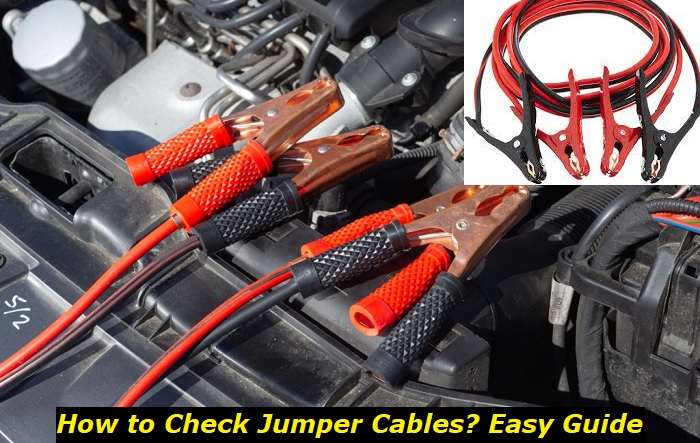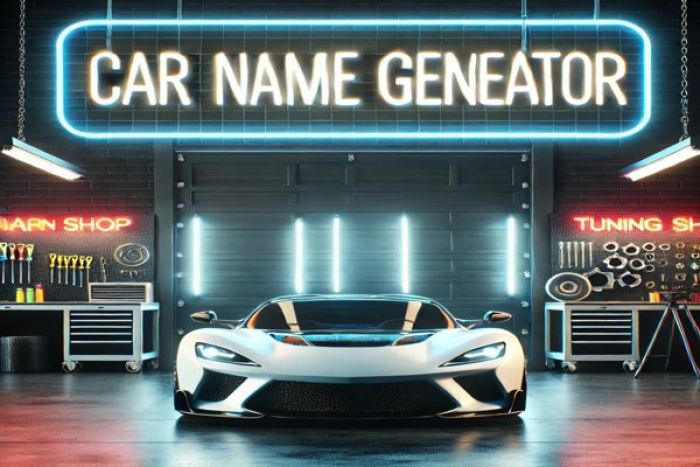Jump-starting a vehicle is not the easiest thing to do. But we believe this should be one of the essentials every driver learns how to do before they get a driving license. It's crucial that you know how to jump-start your vehicle or how to help another person do that. Also, it's very important to have those jumper cables in your vehicle - most drivers don't have them, by the way.
Jump-starting batteries highlights
- When needed:no crank issues
- Time consumed:15-20 minutes
- Toolsneeded:jumper cables or booster
- Risks:car electronics may suffer, battery may die
- DIY solution:yes
- Price:$0

Are your jumper cables still OK?
We've heard many people telling others that they tried jump-starting their vehicles or tried to help someone on the road, but it didn't work. The most obvious reason why it may not have been working is that the cables are bad. Unfortunately, not all car accessories on the market are of good quality. Also, these cables are often placed in wet areas and just go bad after some time.
Here are some of the most obvious ways to check if your jumper cables are still good:
Check for any signs of corrosion. If your cables have been in contact with water, chances are they are not good anymore. Look for any signs of corrosion, water damage, changes in color, etc.
Look carefully at the cable insulation. Use your fingers to feel the cable carefully and see if there are some uneven spots, damaged insulation, or broken parts of the cable. This will mean the jumper cable is bad.
Look for any signs of fire damage. When cables are connected to the wrong terminals or undergo massive overload, they may melt and even burn. Find any signs of burn on the cables and just throw them away.
Take a multimeter and check the cables. If the cable is broken, there will be no resistance between the two ends. Checking cables this way is the most precise way but you will need a multimeter that you can buy at any tool shop.
Unfortunately, the cables won't show any special signs of working or not working when you use them. Maybe, the only sign is some sparks you get when you put the cable to one of the terminals. But they will not necessarily appear, anyway. So, if your cables are broken, you may just lose your time and expect that the vehicle's battery will charge and be ready to start the car.
So, it's really important to make sure that the jumper cables that are now in your vehicle are working properly. Even if one of the cables is broken, the system will not work at all.
What else should you know about jumper cables?
These cables serve to connect the battery of the properly working vehicle to the battery of the broken vehicle. It's extremely important to connect everything correctly, otherwise, you may damage not only the cables but also the batteries.
So, the rule of thumb is that the red cable will always go to positive terminals while the black one will go to negative terminals. It's extremely important to understand this and never mix up colors. Once you put one end of a cable to positive and another to negative, you may cause a short circuit or some other problems with both vehicles.
Also, the cables that you can buy in an average shop in the US are not always durable and of high quality. They are mostly made in China without proper quality control and are bought for a couple of cents to then sell to you for a couple of dollars. So, check them right after you buy them and recheck the cables every half a year or so.
My cable is OK but still doesn't work - why?
For the jump-starting to successfully happen, you should have both cables working. Also, the battery in the donor vehicle should be OK. Also, the receiving battery should be still alive, just with a low charge, but not completely dead.
Check the connection, too. If the battery terminals are covered in some buildup, the connection may be too bad and the whole idea won't work.
About the authors
The CarAraC research team is composed of seasoned auto mechanics and automotive industry professionals, including individuals with advanced degrees and certifications in their field. Our team members boast prestigious credentials, reflecting their extensive knowledge and skills. These qualifications include: IMI: Institute of the Motor Industry, ASE-Certified Master Automobile Technicians; Coventry University, Graduate of MA in Automotive Journalism; Politecnico di Torino, Italy, MS Automotive Engineering; Ss. Cyril and Methodius University in Skopje, Mechanical University in Skopje; TOC Automotive College; DHA Suffa University, Department of Mechanical Engineering






Add comment